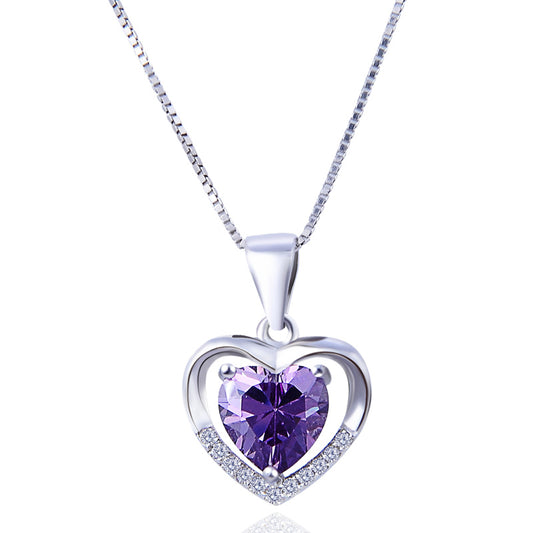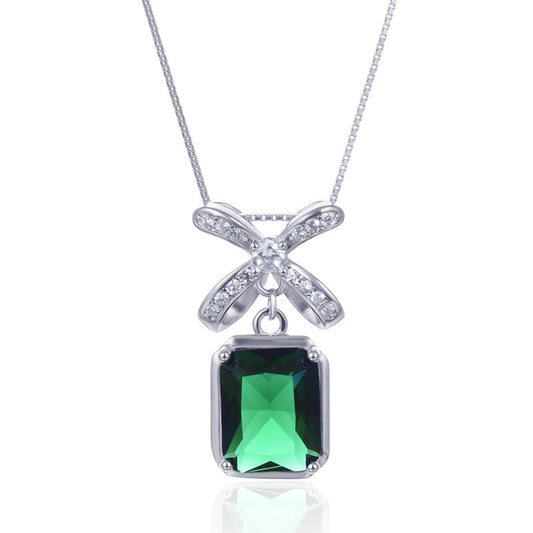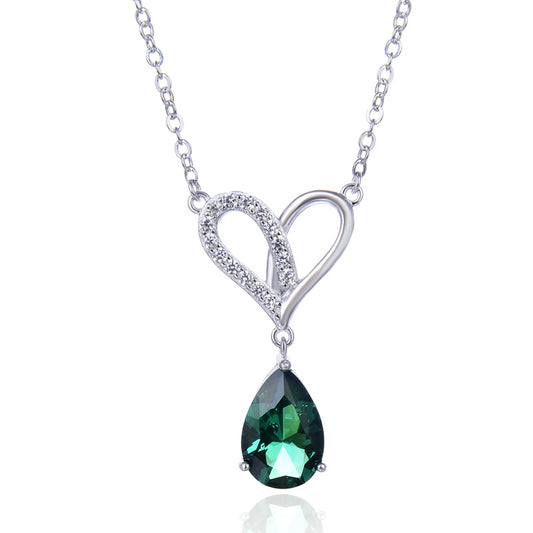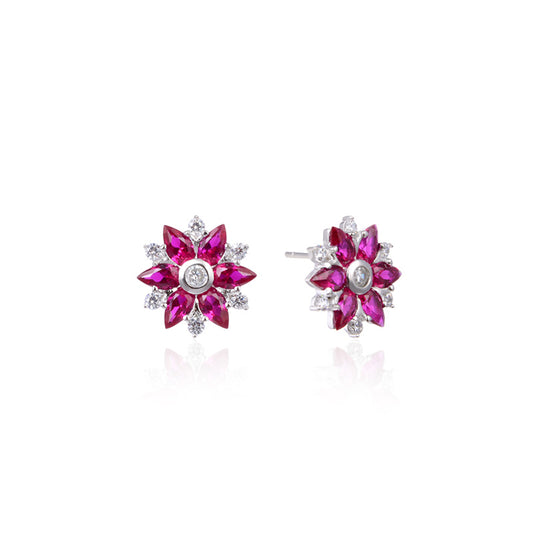What is the Main Difference Between 925 and Sterling Silver Jewelry?
Silver jewelry has always been a popular choice for its versatility, elegance, and affordability. However, when shopping for silver jewelry, you might come across different types, such as 925 silver and sterling silver. Understanding the differences between these two can help you make a more informed purchase decision.
First, let's clarify that "925" and "sterling silver" are often used interchangeably, but there are subtle differences worth noting. Technically, 925 silver refers to an alloy containing 92.5% pure silver and 7.5% other metals, usually copper. This combination enhances the durability and hardness of the silver while maintaining its beautiful luster. The "925" stamp on jewelry indicates its purity level.
On the other hand, sterling silver is a broader term that encompasses any silver alloy with a purity of at least 92.5%. In other words, all 925 silver is sterling silver, but not all sterling silver is necessarily marked as 925. The term "sterling silver" originated in England, where the sterling standard was adopted to distinguish high-quality silver from silverplate or silver-plated items.
Now, let's delve into the main differences between 925 silver and sterling silver jewelry:
-
Purity Marking:
- 925 silver jewelry will always be marked with "925" to indicate its purity level.
- Sterling silver jewelry might not always be marked with a specific purity number, but it should meet the 92.5% purity standard to be considered sterling.
-
Variety and Uses:
- Due to its specific purity marking, 925 silver jewelry often carries a sense of precision and quality assurance.
- Sterling silver, being a broader category, encompasses a wider range of styles and designs, including both traditional and contemporary pieces.
-
Pricing:
- Generally, 925 silver jewelry might command a slightly higher price due to its guaranteed purity level.
- Sterling silver jewelry, depending on its design and craftsmanship, can vary widely in price.
-
Durability and Care:
- Both 925 silver and sterling silver require proper care to maintain their luster. They can tarnish over time if exposed to certain chemicals or not stored properly.
- Regular cleaning and occasional polishing are recommended for both types of silver jewelry.
In essence, the difference between 925 silver and sterling silver jewelry lies primarily in the purity marking and the perception of quality it conveys. When shopping for silver jewelry, it's crucial to consider not only the purity but also the design, craftsmanship, and personal preference.
Whether you choose a piece marked as 925 silver or simply sterling silver, you're investing in a timeless and elegant accessory that, with proper care, can last for generations. Remember, the most important factor is finding a piece that speaks to your personal style and complements your wardrobe perfectly.








